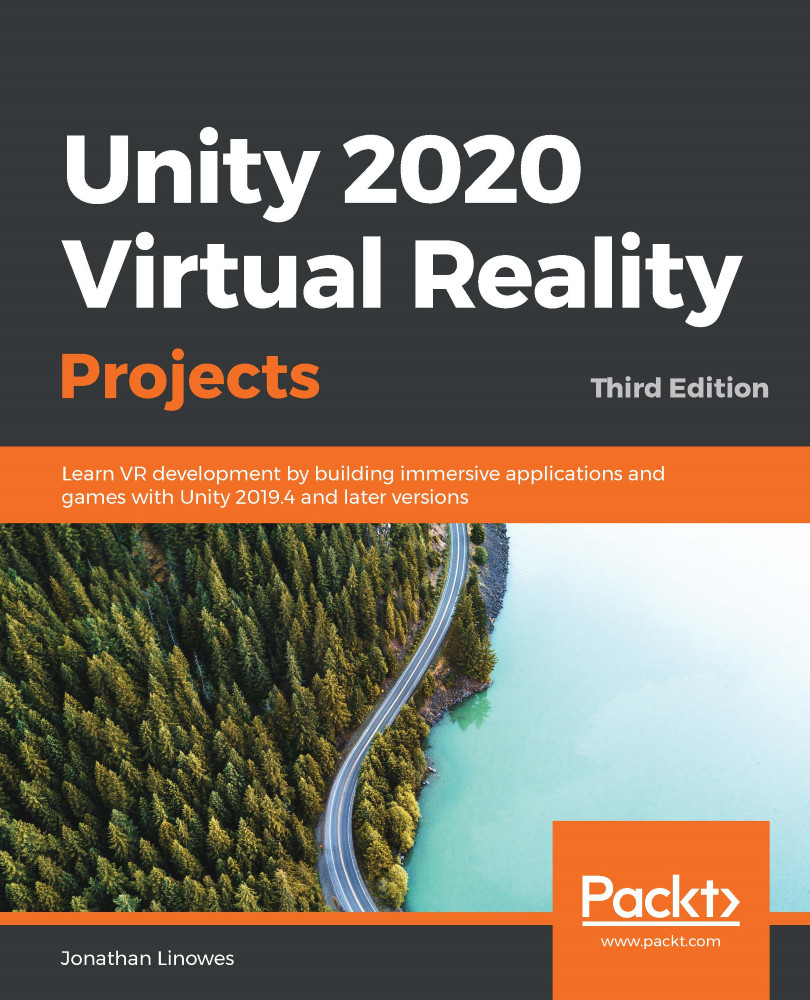This virtual reality thing calls into question, what does it mean to "be somewhere"?
Before cell phones, you would call someone and it would make no sense to say, "Hey, where are you?" You know where they are, you called their house, that's where they are.
So then cell phones come around and you start to hear people say, "Hello. Oh, I'm at Starbucks," because the person on the other end wouldn't necessarily know where you are because you became un-tethered from your house for voice communications.
So when I saw a VR demo, I had this vision of coming home and my wife has got the kids settled down, she has a couple minutes to herself, and she's on the couch wearing goggles on her face. I come over and tap her on the shoulder, and I'm like, "Hey, where are you?"
It's super weird. The person's sitting right in front of you...
Before cell phones, you would call someone and it would make no sense to say, "Hey, where are you?" You know where they are, you called their house, that's where they are.
So then cell phones come around and you start to hear people say, "Hello. Oh, I'm at Starbucks," because the person on the other end wouldn't necessarily know where you are because you became un-tethered from your house for voice communications.
So when I saw a VR demo, I had this vision of coming home and my wife has got the kids settled down, she has a couple minutes to herself, and she's on the couch wearing goggles on her face. I come over and tap her on the shoulder, and I'm like, "Hey, where are you?"
It's super weird. The person's sitting right in front of you...


